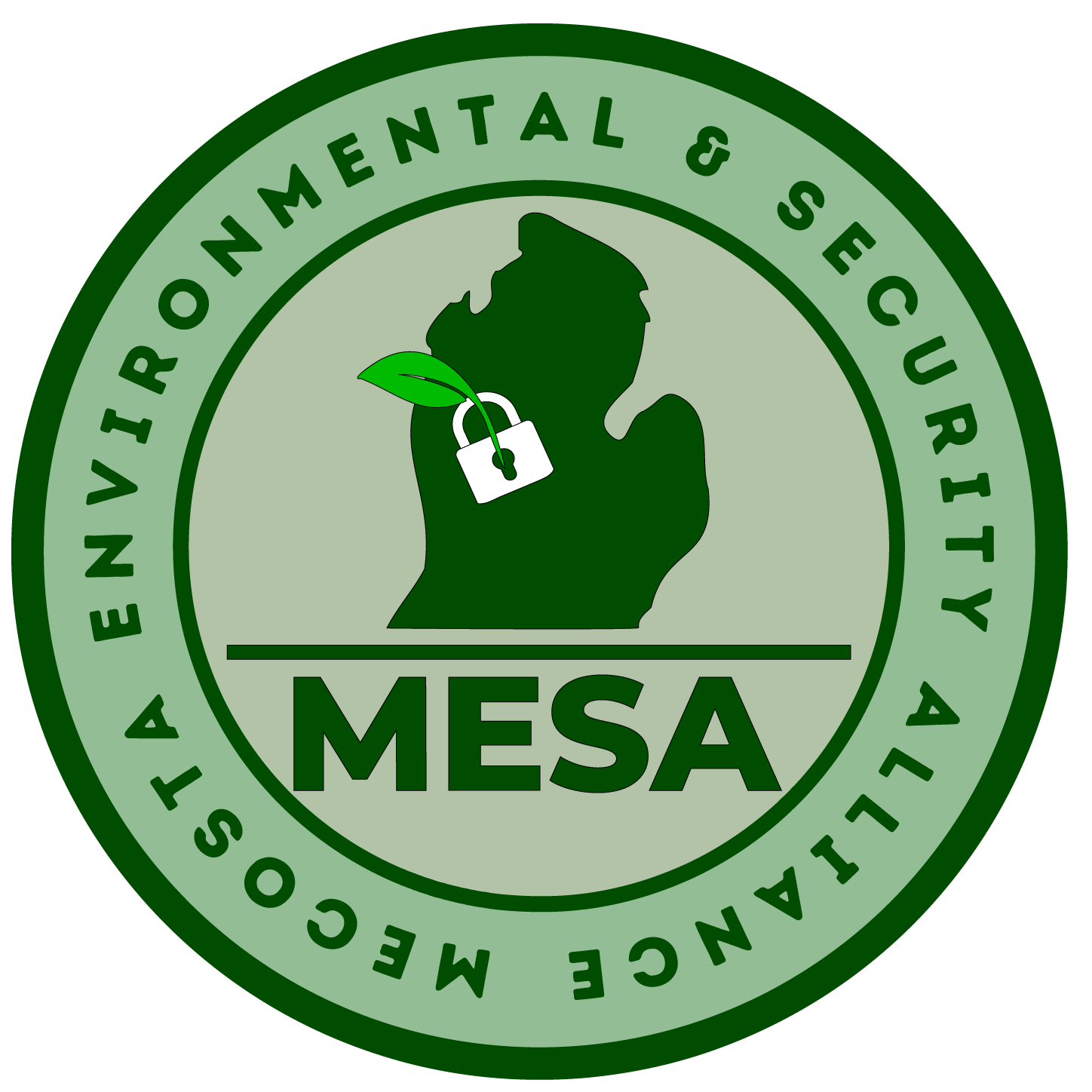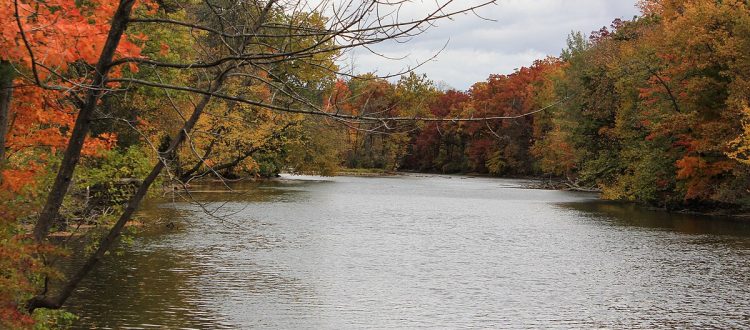Question: Why are these chemicals so risky?
The proposed site for Gotion’s battery plant, situated directly over a vital unconfined aquifer, poses significant environmental risks due to the nature of the chemicals involved in the operation. This aquifer not only supplies water to local wells but is also the source for Nestle’s Ice Mountain water bottling. Furthermore, its connection to the Muskegon River, which eventually feeds into the Great Lakes, amplifies the potential for widespread environmental damage in the event of contamination. Beyond environmental concerns, the strategic importance of this aquifer in geopolitical terms cannot be overlooked, especially considering scenarios like a potential conflict with China.
Understanding the Chemicals Used by Gotion:
- Lithium Carbonate:
- Lithium carbonate is a key component in lithium-ion batteries. While crucial for battery production, it can pose environmental hazards if not managed properly. Inadequate containment or accidental spills can lead to soil and water contamination, affecting local ecosystems and water supplies.
- Iron Phosphate:
- Used in some types of lithium-ion batteries, iron phosphate can be environmentally risky if released into ecosystems. It can disrupt local flora and fauna, particularly if it seeps into water bodies, altering the chemical balance of these ecosystems.
- Synthetic Graphite:
- Employed as an electrode material in batteries, synthetic graphite production can involve toxic by-products. The risk lies in the potential release of these by-products into the environment, contaminating soil and water sources.
- Hydrofluoric Acid:
- Perhaps the most concerning, hydrofluoric acid is an extremely corrosive chemical used in battery manufacturing. Its release into the environment could lead to severe ecological damage. Hydrofluoric acid poses significant health risks to humans and wildlife and can contaminate water sources and soil.
Strategic and Environmental Implications: The location of Gotion’s plant over an unconfined aquifer that feeds into a major water system not only raises environmental concerns but also presents a strategic risk. In geopolitical conflicts, such as a hypothetical “hot war” with China, control over vital water resources, including aquifers, becomes critically important. The proximity of such a key resource to a facility dealing with potentially hazardous materials and linked to a foreign power introduces a complex layer of security considerations.
In conclusion, the use of these chemicals in a location with such environmental and strategic significance necessitates rigorous oversight, comprehensive safety measures, and robust contingency planning. The potential for contamination and the broader implications of the plant’s location underscore the need for thorough environmental impact assessments and transparent stakeholder engagement.

